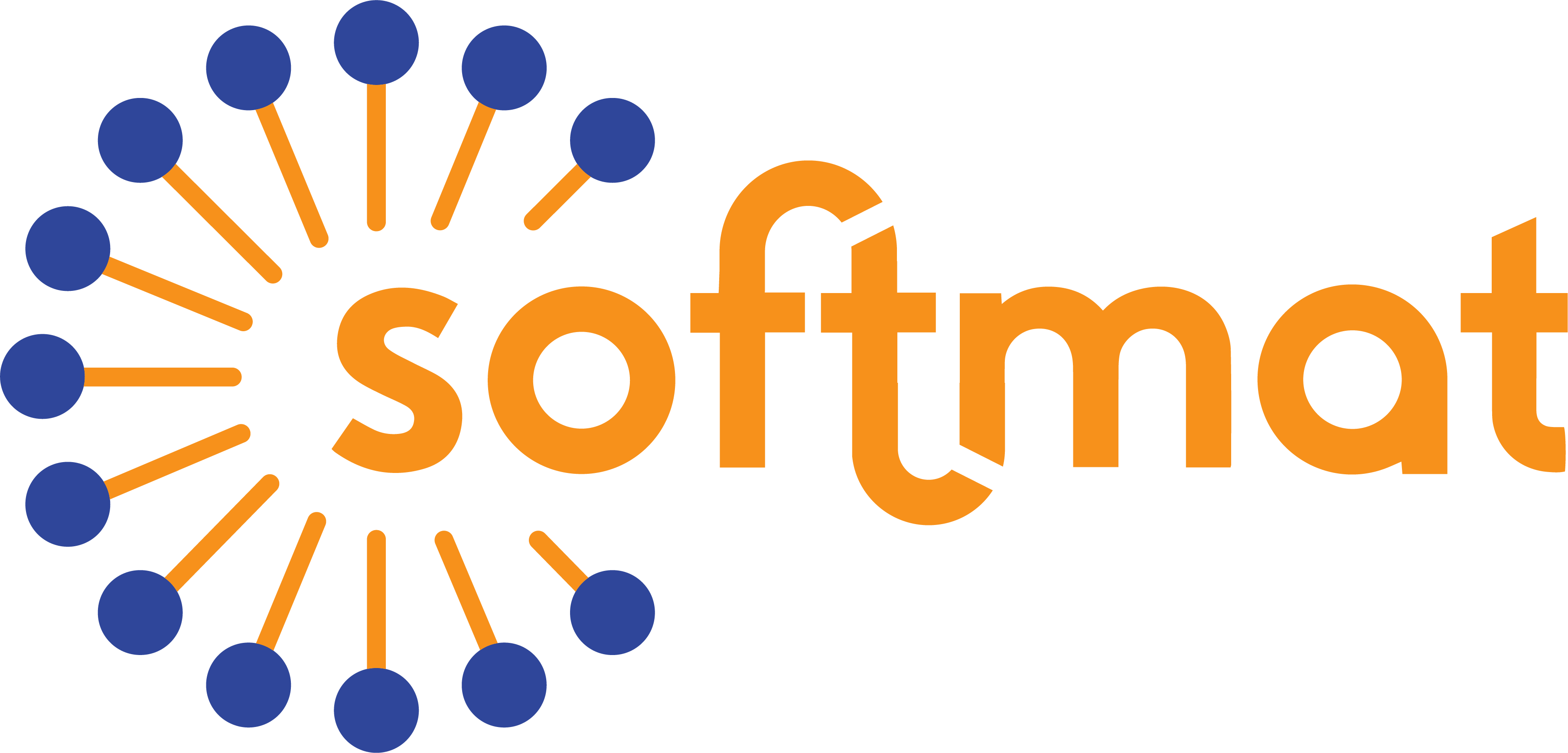The Human Frontier Science Program (HFSP) is an international research support programme that funds fundamental interdisciplinary and exploratory research projects in the life sciences.
Portrait of Christophe Coudret, coordinator of this project selected by the HFSP
Graduate of the Ecole Normale Supérieure (ENS Ulm), Christophe obtained his PhD in artificial photosynthesis in 1991 under the supervision of Jean-Pierre Sauvage at the University of Strasbourg. He went on to do a post-doctorate at the University of Texas at Austin (USA) before joining the CNRS in 1992. After a few years working on molecular electronics at CEMES in Toulouse, he joined in 2007 the IDeAS team of the IMRCP laboratory (since renamed Softmat).
His research focused on the dynamic study of photochromism in collaboration with Dr Jean-Claude Micheau. The photochemistry aspect was further developed through the use of nanosources of light, lanthanide-based up-converting particles, which convert low-energy radiation (near infrared) into visible or even ultraviolet light. The context of his research has gradually shifted towards soft matter, and more specifically around living organisms.
An innovative project: “Illuminating microbial communication networks: the phycosphere lab”
The phycosphere is one of the smallest aquatic ecosystems, comprising the microorganisms that accompany the phytoplankton micro-algae. The main goal of this project is to decipher the roles and ecological impacts of an overlooked mode of communication within this community: light.
In the marine environment, much of the communication occurring within and between species is thought to occur through chemical cues. However, recent evidence coming from Idan Tuval (one of the team members) suggests that light communications may also occur between planktonic microorganisms, impacting key collective behaviors.
To find out more about these forms of communication, the international team of researchers* proposes the development and application of a suite of new experimental and analytical approaches, which extend the current toolbox available to microbiologists and environmental scientists. Among other things, they intend to develop light microbeacons that should make it possible to isolate and quantify the role of light signals among planktonic micro-organisms on their behaviour and function.
Stay tuned…!
* Christophe works closely with Idan Tuval (Instituto Mediterráneo de Estudios Avanzados / Majorque, Espagne), Glen Wheeler (Marine Biological Association / Plymouth, Royaume-Uni) and Jean-Baptiste Raina (University of Technology / Sydney, Australie).
image: microbeacons attached to a marine phytoplankton, testing the behavioral response of associated bacteria © Artwork: Glynn Gorick
